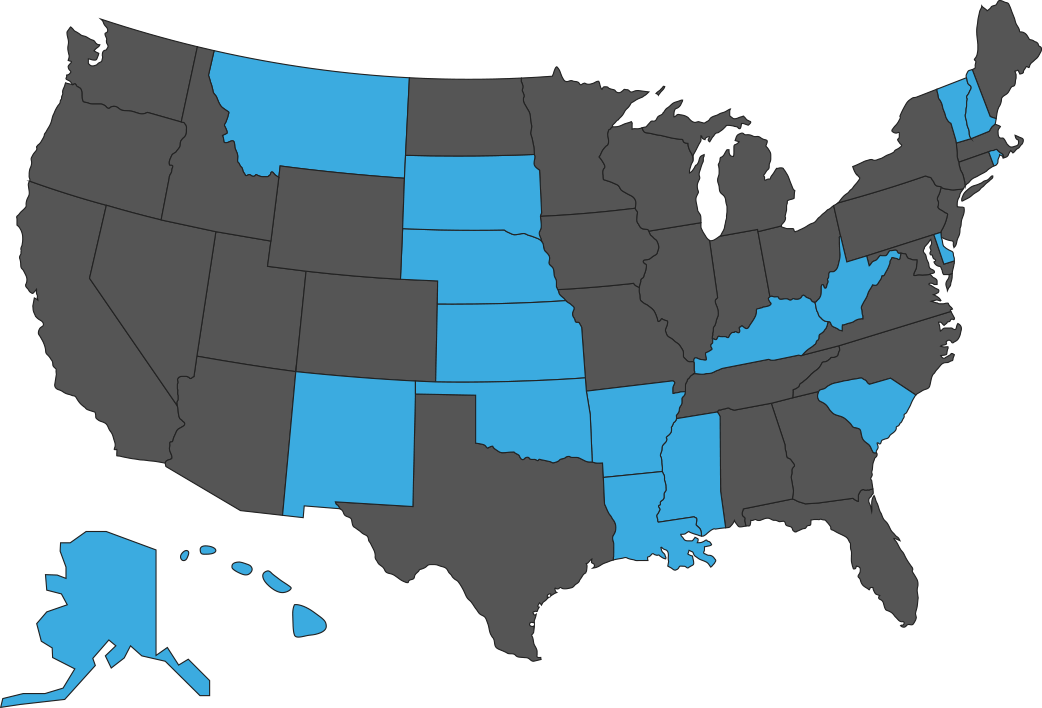
Read Written Case 6 before completing the Assessment. Enter your information below and click “Start” to begin the assessment.
*Note: If you did not enter credentials to log in to this training, you must complete all fields below to receive full credit. For assistance, contact Catrice Banks-Johnson.
*Click the link below the case to download the document.
Nurse/Provider Sign-out
- 37-week baby boy, now 2-days old.
- Mom on buprenorphine for 2 years and is doing well in recovery. Is not on other medications/substances.
- Will be living at home with mom’s aunt and uncle after discharge; father of baby not involved.
- Baby overall doing well with bottle feeding, but does require mom to keep tickling his cheek to stay awake. When mom does this, baby sometimes turns mouth to her finger and pulls bottle out of his mouth as he does so.
- Baby has been sleeping and consoling well.
- Since the last NAS assessment, 3 hrs. ago, baby out of room for 30 minutes for newborn screening. Mom took a nap during this time. Mom is keeping the room calm, and is keeping baby with her at all times other than this one nap. Mom did not have any visitors present earlier, but her aunt is here now.
- In past day: vital signs stable. Bottle-fed 8 times, 2 voids, 2 stools (green, slightly loose but not watery), weight down 8%, 24 hrs. transcutaneous bilirubin (TcB) = 7.0. Baby jaundiced to chest. No tremors present. Tone and Moro reflex normal. Baby is clinically well.
In-room Assessment
- Since back in room, baby fed well with 0.5 ounce of formula, falling asleep during feeding with mom needing to tickle his cheek to stay awake. Baby held swaddled.
- Baby slept well in great aunt’s arms for a 0.5 hour, transitioning easily to the bassinet.
- Baby slept for 50 minutes total and then awoke fussy, trying to suck on his hand.
- Mom tried to get him back to sleep without picking him up. She tried talking to him, fixing his swaddle, and then gently rocking him back and forth while in the bassinet.
- Baby continued crying for 15 minutes, so mom checked his diaper to see if his crying was from a wet diaper. Diaper was clean, but baby continued to cry.
- Mom tried holding and rocking baby again after checking diaper, but baby still fussy, sucking on his hand, and rooting toward the blanket.


